Understanding And Resolving Slow Remote Desktop Performance In Windows Server Environments
Understanding and Resolving Sluggish Distant Desktop Efficiency in Home windows Server Environments
Associated Articles: Understanding and Resolving Sluggish Distant Desktop Efficiency in Home windows Server Environments
Introduction
With nice pleasure, we are going to discover the intriguing matter associated to Understanding and Resolving Sluggish Distant Desktop Efficiency in Home windows Server Environments. Let’s weave attention-grabbing data and supply recent views to the readers.
Desk of Content material
Understanding and Resolving Sluggish Distant Desktop Efficiency in Home windows Server Environments
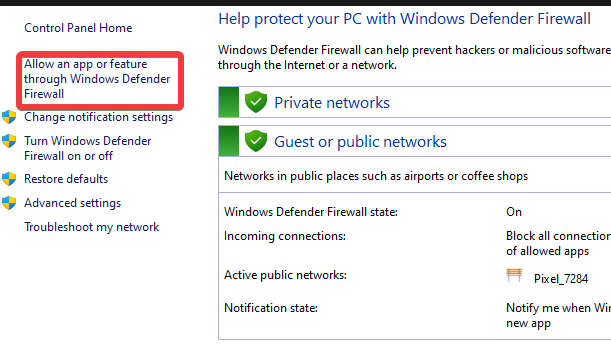
Distant Desktop Protocol (RDP) is a cornerstone of contemporary community administration, enabling distant entry and administration of servers, workstations, and functions. Nevertheless, sluggish RDP efficiency can considerably hinder productiveness and operational effectivity. This text explores the frequent causes of sluggish RDP efficiency in Home windows Server environments and gives sensible options to handle these challenges.
Widespread Causes of Sluggish RDP Efficiency:
1. Community Bandwidth and Latency:
- Inadequate Bandwidth: Restricted community bandwidth can choke the information switch needed for easy RDP classes. That is notably noticeable when transferring massive recordsdata or displaying graphics-intensive functions.
- Excessive Latency: Community latency, the time it takes for knowledge to journey between the consumer and server, may cause noticeable delays in person interactions. That is usually exacerbated by lengthy distances, congested community paths, or unreliable community connections.
2. Server Useful resource Constraints:
- CPU Bottlenecks: A closely loaded CPU can battle to deal with the processing calls for of an RDP session, resulting in sluggish efficiency.
- Reminiscence Limitations: Inadequate RAM can lead to extreme disk swapping, additional impacting RDP responsiveness.
- Disk I/O Bottlenecks: Sluggish disk efficiency can hinder the loading of functions and recordsdata required for RDP classes.
3. RDP Consumer and Server Configuration:
- Incorrect Settings: Improperly configured RDP settings, corresponding to low coloration depths, low body charges, or extreme compression, can degrade visible high quality and responsiveness.
- Outdated Software program: Outdated RDP purchasers or server software program might lack the most recent efficiency optimizations and safety enhancements.
4. Safety Measures:
- Firewall Restrictions: Overly restrictive firewalls can block needed community site visitors, impacting RDP connectivity.
- Antivirus Software program: Aggressive antivirus software program can scan RDP site visitors, probably introducing delays.
5. Person Interface Parts:
- Extreme Desktop Gadgets: A cluttered desktop with quite a few icons and functions can decelerate the preliminary loading of the RDP session.
- Excessive-Decision Shows: RDP classes on high-resolution shows might require extra processing energy and bandwidth, probably resulting in efficiency degradation.
Troubleshooting and Decision Methods:
1. Community Optimization:
- Improve Bandwidth: Consider the out there bandwidth and take into account upgrading the community infrastructure if needed.
- Scale back Latency: Optimize community paths, reduce community hops, and prioritize RDP site visitors.
- Community Monitoring: Make the most of community monitoring instruments to establish community bottlenecks and potential points.
2. Server Useful resource Optimization:
- Monitor Server Efficiency: Use efficiency monitoring instruments to establish useful resource constraints, corresponding to CPU utilization, reminiscence utilization, and disk I/O.
- Optimize Server Configuration: Regulate server settings, corresponding to decreasing the variety of energetic companies, growing out there RAM, and optimizing disk configurations.
- Improve Server {Hardware}: Think about upgrading {hardware} parts, such because the CPU, RAM, and storage, if useful resource limitations persist.
3. RDP Consumer and Server Configuration:
- Configure RDP Settings: Regulate RDP settings to optimize efficiency, corresponding to growing coloration depth, body fee, and compression ranges.
- Replace Software program: Guarantee each the RDP consumer and server software program are up-to-date with the most recent safety patches and efficiency enhancements.
- Allow RDP Options: Make the most of superior RDP options, such because the "Enhanced Desktop" mode, which might enhance efficiency and visible constancy.
4. Safety Measures:
- Assessment Firewall Guidelines: Make sure that firewall guidelines permit needed RDP site visitors.
- Optimize Antivirus Settings: Effective-tune antivirus software program settings to attenuate influence on RDP efficiency.
5. Person Interface Optimization:
- Simplify Desktop: Decrease the variety of icons and functions on the desktop.
- Regulate Decision: Think about using a decrease decision or scaling settings for RDP classes on high-resolution shows.
FAQs:
Q: What are the commonest causes of sluggish RDP efficiency?
A: The most typical causes embody inadequate community bandwidth, excessive latency, server useful resource constraints, outdated software program, and safety measures that impede RDP site visitors.
Q: How can I enhance RDP efficiency on a sluggish community connection?
A: You may strive growing the out there bandwidth, optimizing community paths to cut back latency, and prioritizing RDP site visitors.
Q: What are some server configuration settings that may influence RDP efficiency?
A: Server settings that may have an effect on RDP efficiency embody the variety of energetic companies, out there RAM, and disk configurations.
Q: How can I optimize RDP settings for higher efficiency?
A: Regulate RDP settings to extend coloration depth, body fee, and compression ranges, and take into account enabling superior options like "Enhanced Desktop" mode.
Q: Is it potential to make use of a VPN to enhance RDP efficiency?
A: A VPN can generally enhance RDP efficiency by offering a safer and devoted community connection, however it might probably additionally introduce further latency.
Suggestions:
- Often monitor server efficiency and community site visitors.
- Optimize server configurations and RDP settings to match your particular wants.
- Preserve each RDP consumer and server software program up-to-date.
- Make the most of community monitoring instruments to establish and tackle potential bottlenecks.
Conclusion:
Sluggish RDP efficiency can considerably influence productiveness and operational effectivity in Home windows Server environments. By understanding the frequent causes of sluggish RDP efficiency and implementing acceptable troubleshooting and backbone methods, directors can considerably enhance the responsiveness and reliability of distant desktop connections. Common monitoring, optimization, and ongoing upkeep are essential to make sure optimum efficiency and reduce disruptions to important operations.
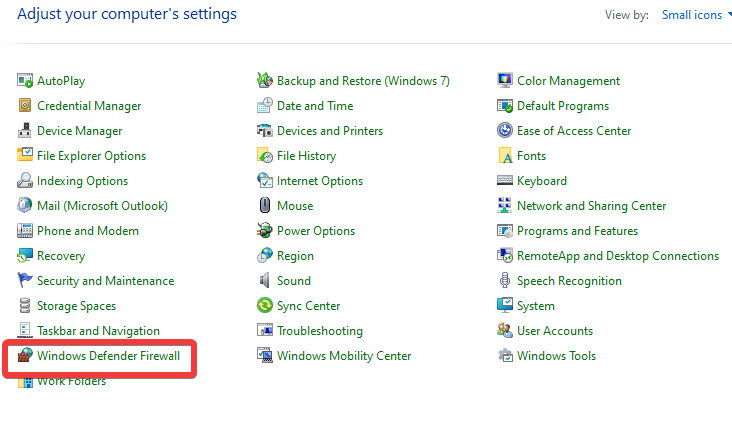

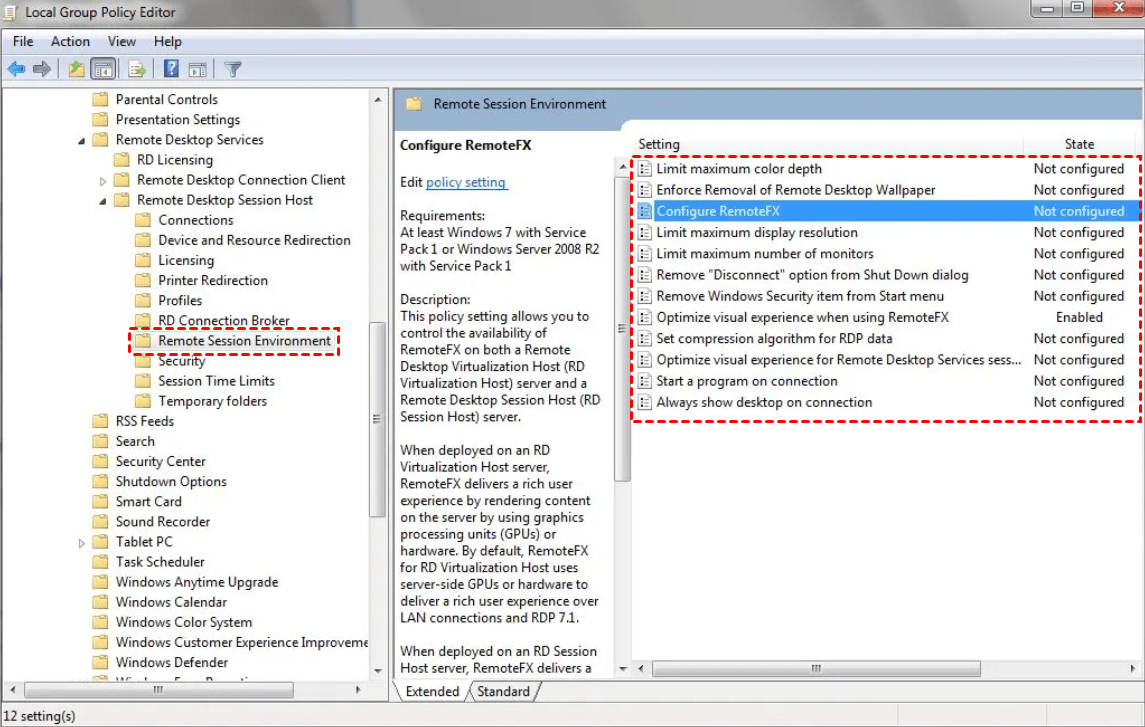
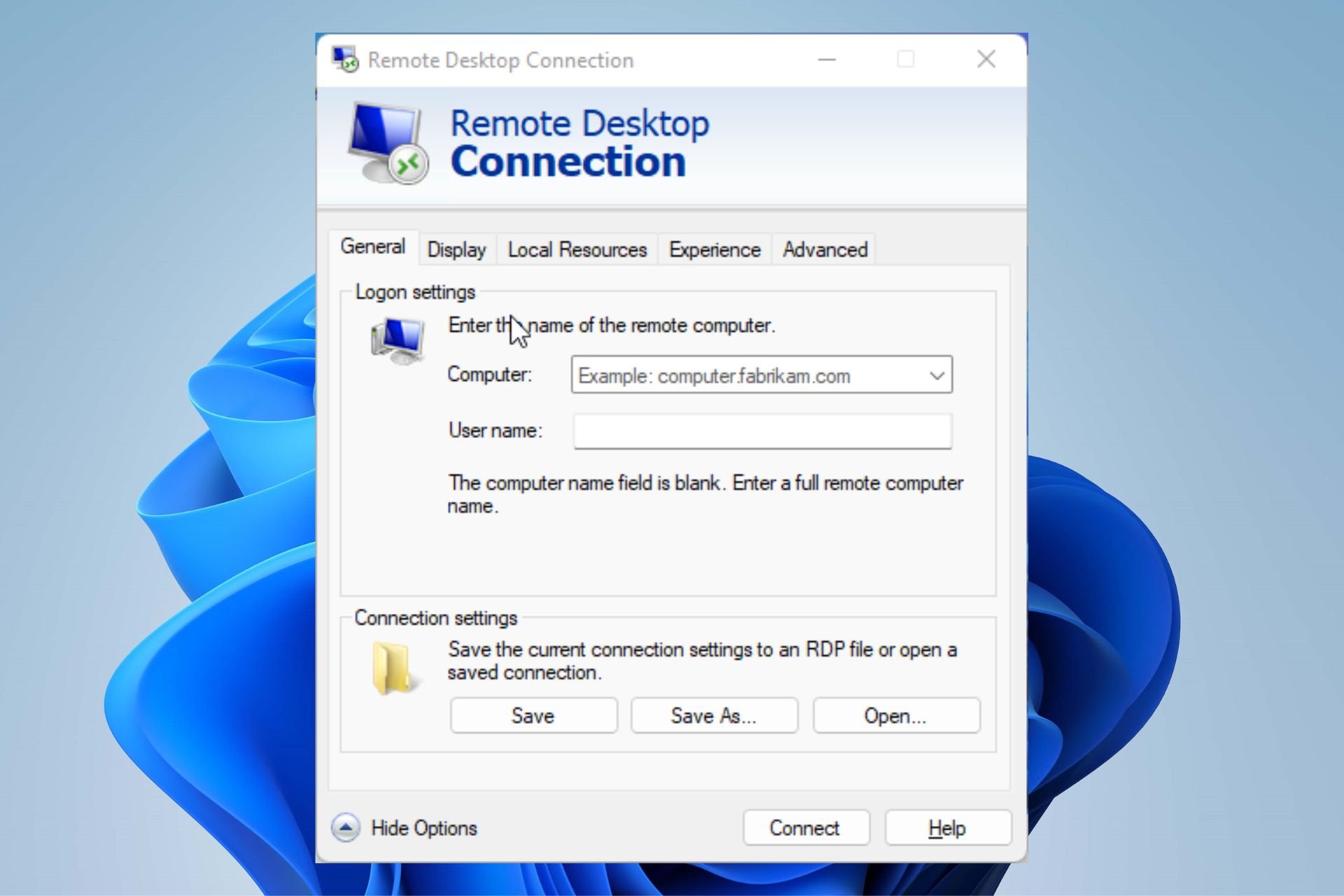



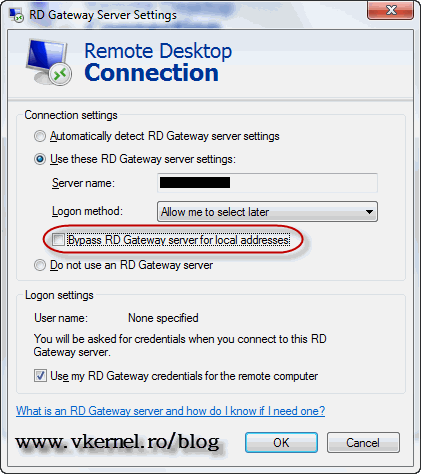
Closure
Thus, we hope this text has offered invaluable insights into Understanding and Resolving Sluggish Distant Desktop Efficiency in Home windows Server Environments. We thanks for taking the time to learn this text. See you in our subsequent article!